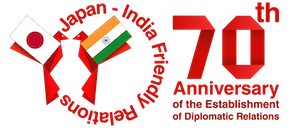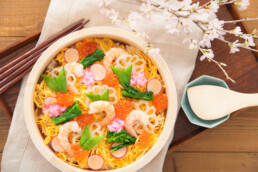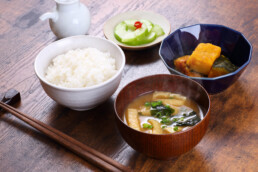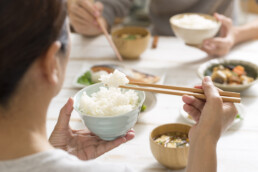We have chosen five colours for our campaign: red, orange, green, blue, and yellow.
This has many meanings, but first, we have incorporated the red, orange, green, and yellow, which symbolise the national flags of Japan and India. In addition, Japan and India share a long coastline and are connected by the sea. Therefore, blue is also used as an image color.
Among the blues, indigo is one of the most commonly used colours in Japanese dyeing and is sometimes referred to as “Japan blue” in the West. It is also the symbolic colour of the Japanese national soccer team and is called “the colour of victory”. Although indigo represents Japan, it actually originated in India. In other words, indigo is a colour that symbolises the cultural ties between Japan and India.
In addition, there is the concept of five colours (Go-Syoku) in Japanese cuisine, and the five colours are important. So we have five campaign colors. Here are the five colours and our concept of the five colours of Japanese food values.
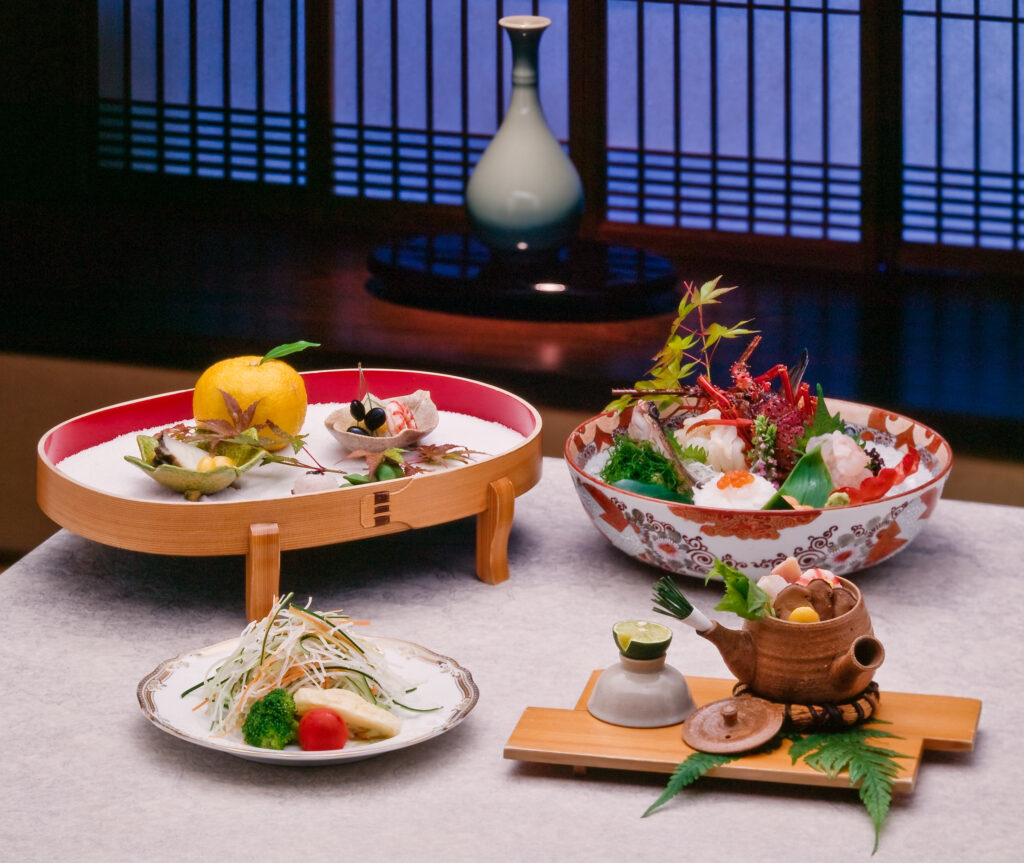
Five colors, called “Go-Syoku,” are important in Japanese cuisine
One of the concepts of Japanese food values is the “five colors” (Go-Syoku), which refers to the incorporation of five colours in cooking and serving. This is useful for beautifully arranging food and balancing nutrition.
The beauty of the arrangement of food stimulates the appetite.
The splendor of Japanese food presentation is expressed through the use of five colors: red, yellow, blue (green), white, and black. The warm colours of red and yellow stimulate the appetite, while blue (green) and white give a sense of coolness and security. Black also tightens up the food.
Furthermore, not only the colour of the food but also the colour of the container is important in serving. In addition to this, Japanese cuisine is beautifully prepared with leaves and flowers. By being conscious of the five colours (Go-Syoku), the dishes are designed to be enjoyed not only for their taste but also for their appearance.
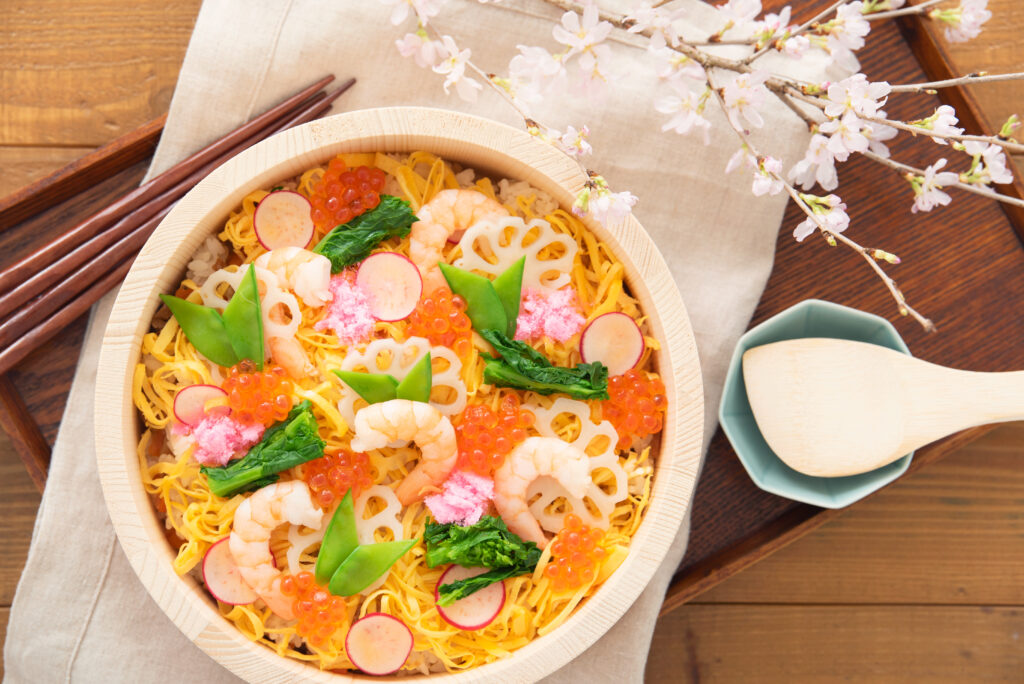
Go-Syoku (Five colors) provide nutritional balance
Tofu, rice, radish, white fish, etc. apply to white, while shiitake mushrooms, burdock root, sesame seeds, etc. apply to black. Red also applies to meat and lean fish, blue and green to vegetables in general, and yellow to eggs, etc. By arranging the food by colour, it is easy to achieve a natural nutritional balance.
This is the wisdom of health and longevity that has been handed down in Japan since ancient times. It may be similar to Ayurveda in India.
If you want to know more about Japanese culture you can check Our Differences.
